How to assess photorealistic drawings properly.
I have spoken to a few people to find out what their opinion is on the subject of photo realistic art or called photo realism. You may also have heard the term hyper-realism which is pretty much the same thing.
Just a quick background on photorealistic art which as you can imagine came about after the invention of the camera. It was not until the 1960s when the art took on a new form with some serious practitioners of this art form. You can read more on this topic of photorealism from wiki.
Photorealism is the practice of making drawings or paintings that almost resembles the original photo. To a non-trained eye it can be hard to spot the difference. So what is all the fuss over photo realistic drawing?
Firstly, it can be jaw dropping for most people to see a photo realistic drawing because it just is! However, the unfortunate ramifications of all of that hoo hah is that people become so mesmerized by it all which is quickly followed by an outpouring of adoration and praise for the artist. I believe there will be many different viewpoints coming from people in all walks of life ie. artists, art critics, art collectors, historians etc. You get my drift.
In my personal and humble opinion, I take the view of the writer/artist Nate Miller. You can read his take here. I would like to expand his views further and educate the reader so that they have a better appreciation of what art is all about.
As an artist (not a fully accomplished one at that), I have been recommended that I too should do some realistic drawings including photo realism etc. Now, I know that I am not a bad artist, and to be honest, I could also sit down and create a magnificent piece of realistic drawing if I so wished, but to be fair, I just don’t find it befitting of my own time. I do ask myself, why I don’t just put aside my time and do one of these drawings, just to prove to me and everyone else that I can. My reasoning maybe different to others but many embark on such a task because they know that the accolades they will receive will be well worth the effort. My thinking is different and it has to do with experimentation in art as well as picking up new skills along the way. Time is something I value over most things, it is the reason why I try to move with speed in any given venture I undertake. That is not to say, I don’t ponder while I am doing, in actual fact, I am always thinking when I am doing and also when not doing. By the time people have expanded their thoughts on some topic, I have gone ahead and made something out of it. You could say that this can be a reckless approach but at the end of the day, I do find others admiring my multifaceted abilities. You could say, Jack of all trades and Master of none is not always good. But the truth is that seeking knowledge and skills is a wonderful gift that everyone possesses, it’s just that I do more with it than most other people. Usually, when I pick up a skill and feel the desire to push it, I rarely go half hearted into it, I usually take it to the distance.
With respect to realistic drawings, my question is what do I gain or learn from such a task except having plenty of patience and being meticulously repetitive in one thing. Surely, the old masters could have done this but there are very few examples of artists catering to the photo-realism world. Instead many created works of art that often deviates away from realism such as impressionism, abstract, surrealism etc. I fear that most of these artists thinking were similar to me which was to play with their brushes to produce strokes and scenes like never witnessed before.
I really have no intention of spending my quality time in trying to replicate a photo to the exacting details. Don’t get me wrong, the satisfaction and rewarding comments that these practitioners get will be sufficient for them to spend an absurd amount of their time doing it. I am afraid, they simply won’t be honing their skills in the other art forms such as impressionism, abstract, surrealism etc. They may not need to, because they will always get a standing ovation over their artworks. It is a feat of human endurance, to say the least.
One could argue this point. Is it better to spend 3 calendar months on one photo realistic drawing or produce numerous drawings and paintings that can take less than an hour (Fig. 1). I personally feel, there is a lot to be gained by the latter, since you are working with breathtaking speed and allowing your imagination to soar at each turning point of the stylus. In essence you are picking up various skill sets that will continue to grow in time and this provides further impetus for creating works of art with more freedom and expression.

So, hopefully you will have gathered by now, that photo realism drawing consumes many hours of burning the midnight oil. The youtube channel that you see, are almost always sped up a hundred times or so to show the transition from a blank piece to a photo realistic piece. Just so that you know and acknowledge the laborious human effort that has gone into making it, surely you will want a taste of the actual rate that it was done, right? Obviously not, nobody can sit through this long process, people don’t enjoy the process of creation but the final product. When they see something they like, they immediately associate the person who created this with extraordinary human abilities.
Art in it’s true form needs to convey more than an exact copy of the real world. This has always been the case in history and will continue to be this way into the future. I like the analogy that Nate uses in his article that he is looking forward to the day when art can be replicated by a human robot. This example has many connotations which I will try to explain.
If we were to program a robot to do a drawing from a photo, most likely that robot will produce something that is far more accurate than most humans could achieve. I doubt the robot will get the same accolade as a human in doing the same task. Is that all there is to art? Let’s add artificial intelligence to that robot and show all the great drawings and paintings throughout our history. Maybe then the robot can assimilate the drawings and paintings that has captivated audience throughout history and become a master like one of the greats? What does it take for the robot to transcend machine learning to a level that emulates humans. What human elements can be pumped into an artificial robot that can somehow tap into it and produce the next Picasso? The subject naturally becomes too complex for many to even hazard a guess.
Art is very subjective and has to stir up feelings within us as well as make groundbreaking statements to the art community.
I have another way to view realistic or photorealistic drawings without the undue process of sounding like a human printer. Following a heated discussion with another person over the topic of photorealism where the admiration and adulation takes on a whole new meaning for the artists, I suggested something that made them stop and think. I simply said, what if you could produce near-photo realistic art in one hour or less. Would you also shower the same accolades and praise as for the other artist?
To no account, do I consider my artwork to meet the level of photo realism of other artists but I can tell that most people appreciate my art and are sometimes baffled at the speed at which I do them.
So, I bring to you another lens to properly look at photorealistic drawing. After all, one can spend bits of time doing a photo realistic drawing over the course of several months and even years. I personally believe that is not a good measure of one’s skill. If we really wanted to test someone’s true ability as an artist, I would suggest an alternative approach to photo realistic drawing. Why not ask the community to draw the most photo realistic drawing in the shortest time possible and let the audience decide then.
Happy Painting & Drawing!

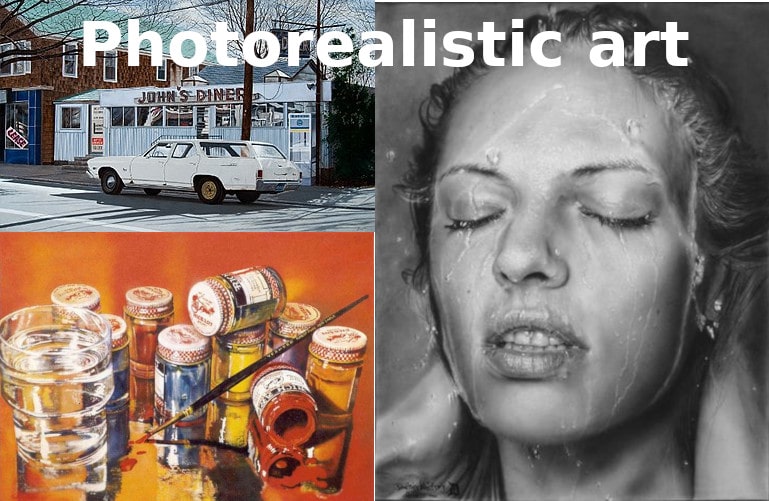

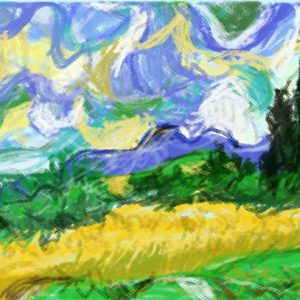
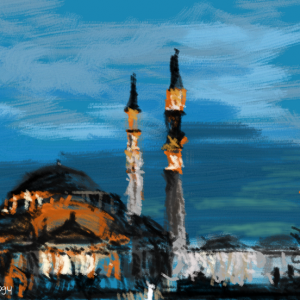
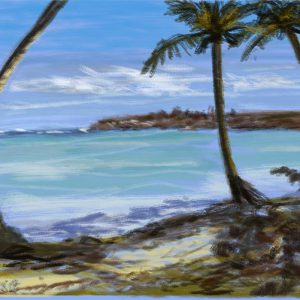
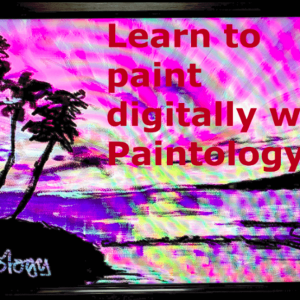

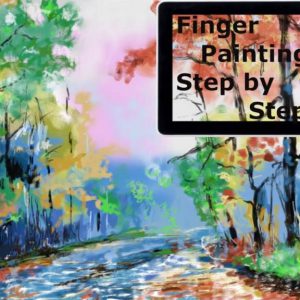
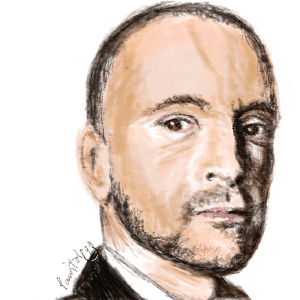
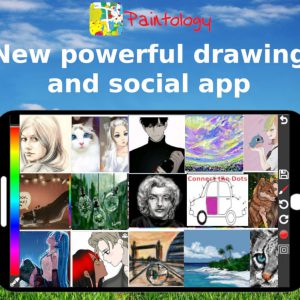
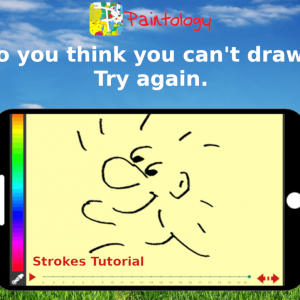
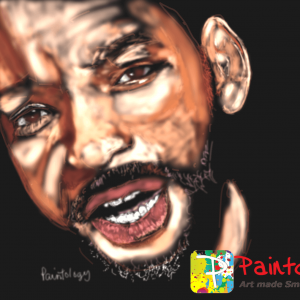

 Digital Canvas
Digital Canvas
Leave a Reply